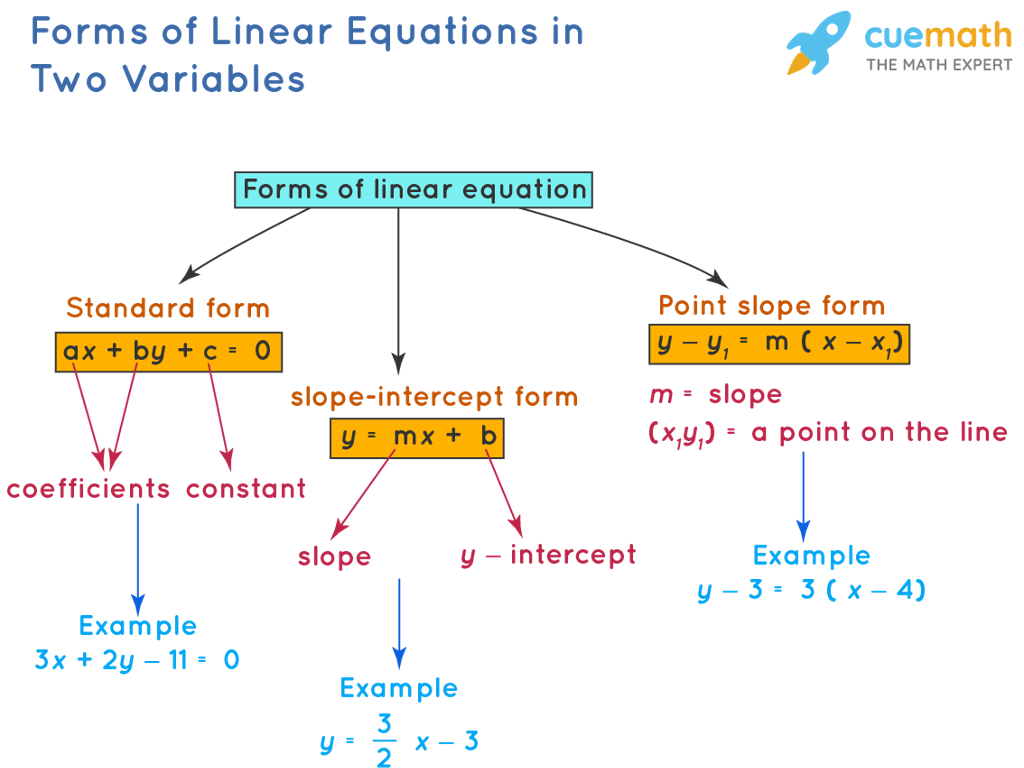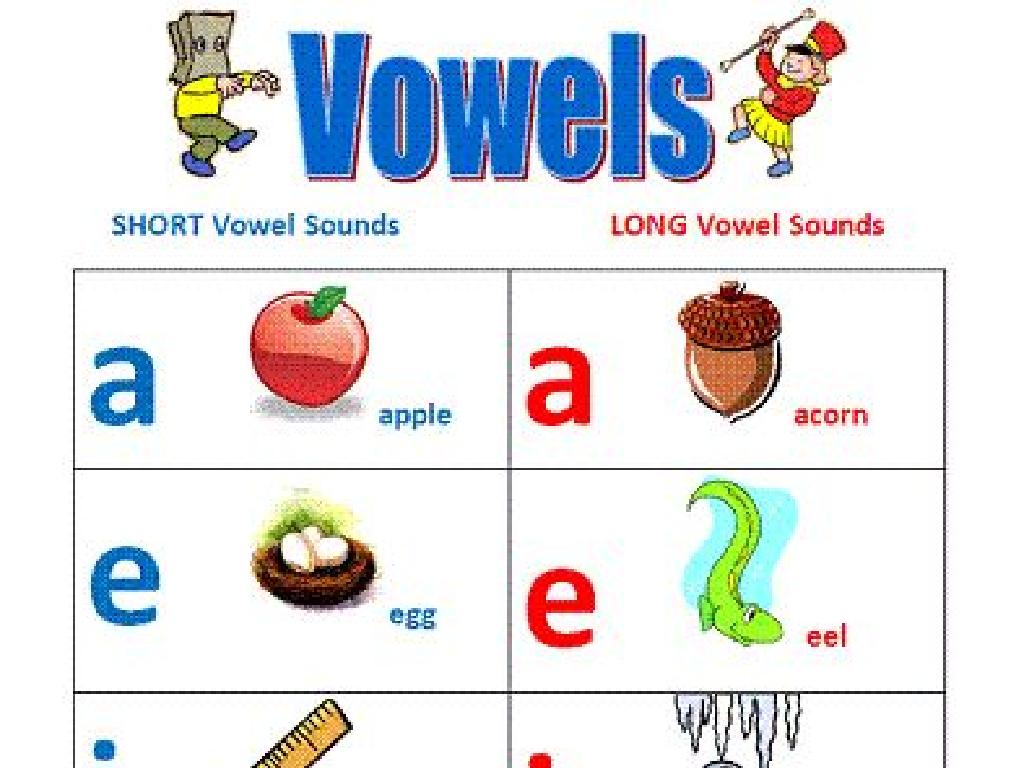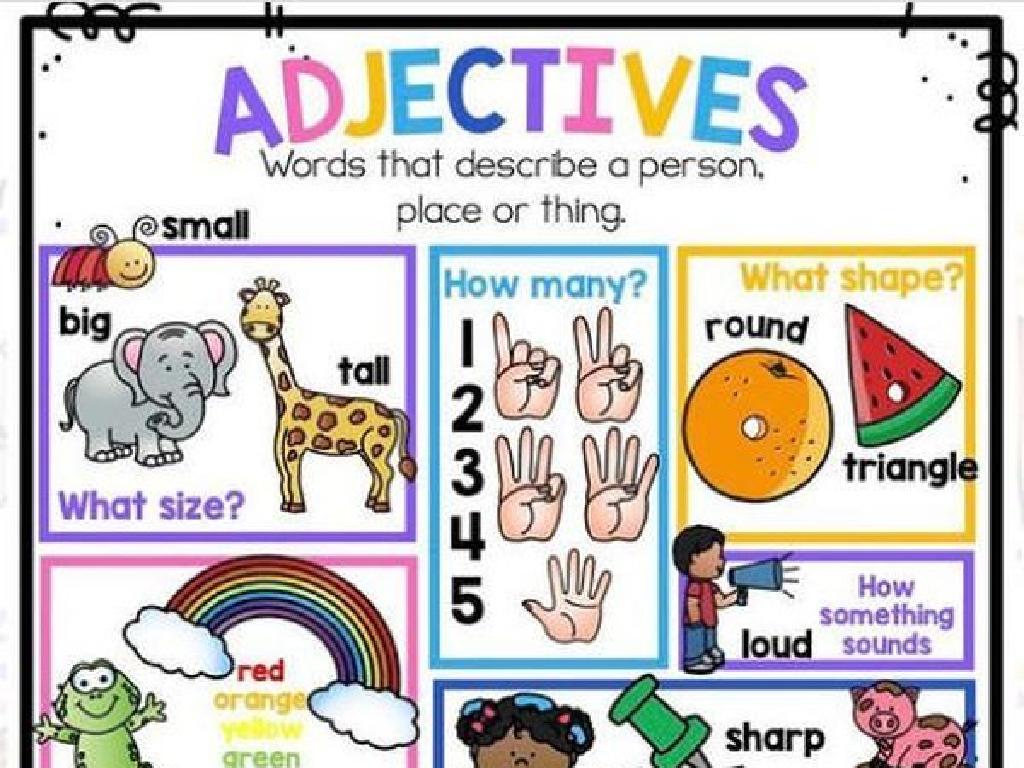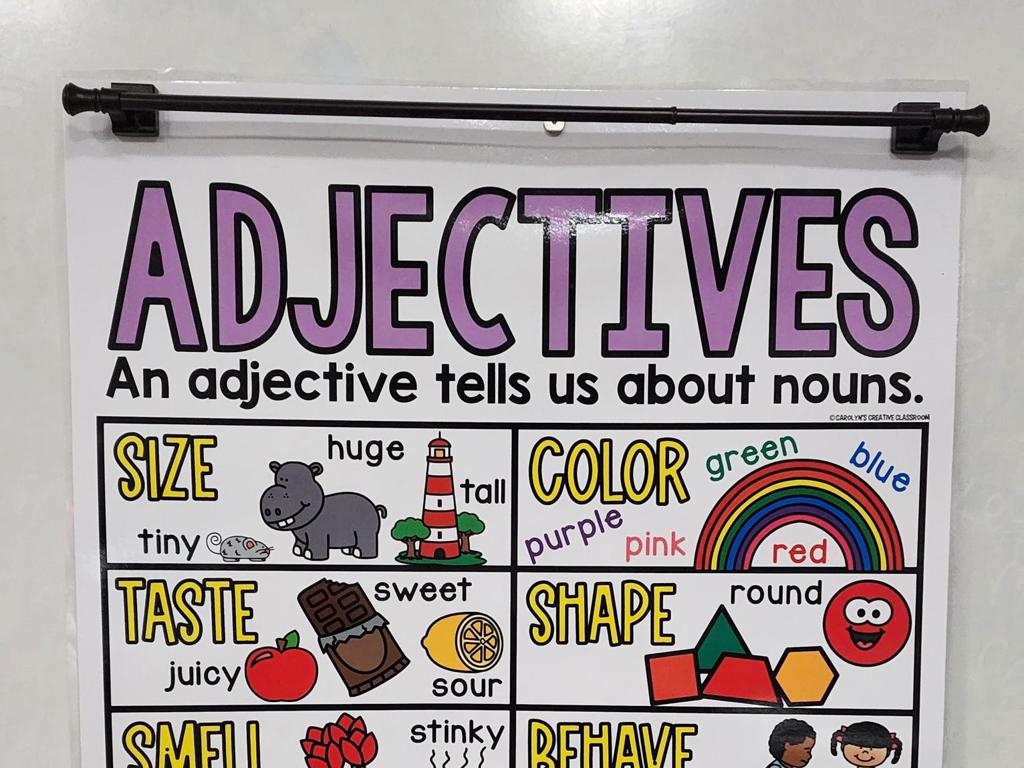Parallel Sides In Quadrilaterals
Subject: Math
Grade: Fifth grade
Topic: Quadrilaterals
Please LOG IN to download the presentation. Access is available to registered users only.
View More Content
Exploring Quadrilaterals
– Discover the world of quadrilaterals
– Quadrilaterals in our environment
– Look around to find quadrilaterals like windows and books
– Defining quadrilaterals
– A shape with 4 sides and 4 angles
– Identifying parallel sides
– Parallel sides are always the same distance apart
|
This slide introduces students to the concept of quadrilaterals, which are four-sided shapes, a fundamental part of geometry. Start by engaging students with examples of quadrilaterals they see every day, such as doors, tables, and books, to make the concept relatable. Define a quadrilateral as a shape with four sides and four angles. Emphasize that quadrilaterals can have different types of sides, like parallel or non-parallel. Teach students how to recognize parallel sides in quadrilaterals by looking for sides that never meet, no matter how long they are extended. Use real-life objects in the classroom to demonstrate this concept. Encourage students to ask questions and share observations of quadrilaterals in their own environment.
Exploring Quadrilaterals
– Quadrilateral: a four-sided polygon
– Think of it like a family with four members
– Four angles in every quadrilateral
– Each corner where two sides meet is an angle
– Examples: squares, rectangles, trapezoids
– Squares have equal sides, rectangles have equal opposite sides, trapezoids only one pair of parallel sides
|
This slide introduces the concept of quadrilaterals to fifth-grade students. A quadrilateral is defined as any four-sided polygon, which is a basic geometric shape. Emphasize that regardless of the type of quadrilateral, they all share the common property of having four sides and four angles. Provide examples of different quadrilaterals such as squares, rectangles, and trapezoids, highlighting their unique properties. For instance, squares have all sides equal, rectangles have opposite sides equal, and trapezoids have only one pair of parallel sides. Encourage students to think of other examples of quadrilaterals they see in everyday life and to bring those examples to class for discussion.
Characteristics of Quadrilaterals
– Quadrilaterals and side lengths
– A quadrilateral can have sides that are the same or different lengths.
– Parallel and non-parallel sides
– Quadrilaterals like rectangles have parallel sides, but trapezoids do not.
– Sum of interior angles
– No matter the quadrilateral, the angles inside always add up to 360 degrees.
|
This slide introduces students to the basic properties of quadrilaterals. Emphasize that quadrilaterals are four-sided figures and can have various combinations of side lengths. Discuss the concept of parallel sides, using examples of common quadrilaterals such as squares (where all sides are parallel) and trapezoids (where only two sides are parallel). Highlight that regardless of the side lengths or parallelism, the sum of the interior angles of any quadrilateral is always 360 degrees. Use diagrams to illustrate these concepts and provide students with simple exercises to identify these characteristics in different quadrilaterals.
Parallel Sides in Quadrilaterals
– What are parallel sides?
– Lines that run side by side and never cross
– Parallel sides in quadrilaterals
– Opposite sides that don’t intersect
– Examples: rectangles and squares
– Both shapes have two sets of parallel sides
– Recognizing parallel sides
– How to spot parallel sides in different quadrilaterals
|
This slide introduces the concept of parallel sides within the context of quadrilaterals. Begin by explaining that parallel sides are lines that remain the same distance apart and never meet. In quadrilaterals, these sides are always opposite each other. Use rectangles and squares as clear examples because they have two pairs of parallel sides, which are easy to identify. Encourage students to look for visual cues and use a ruler to check for parallelism in various quadrilaterals. This foundational understanding will be crucial as they progress in geometry.
Identifying Parallel Sides in Quadrilaterals
– Finding parallel sides in shapes
– Look for sides that don’t meet even if extended
– Using a ruler to check sides
– Ensure sides are straight and opposite each other
– Parallel sides in a trapezoid
– Trapezoids have one pair of parallel sides
– Exploring other quadrilaterals
|
This slide is aimed at helping students identify parallel sides in different quadrilaterals. Start by explaining that parallel sides are always straight and never meet, even if extended forever. Demonstrate how to use a ruler to check for straightness and opposite positioning of sides. Use a trapezoid as a specific example, pointing out its single pair of parallel sides. Encourage students to explore other quadrilaterals like squares and rectangles, which have two pairs of parallel sides. Provide rulers for the activity and guide them to verify their findings with each other.
Parallel Sides in Real Life
– Find classroom quadrilaterals
– Look around! Desks, windows, and books are quadrilaterals.
– Objects with parallel sides
– Shelves, frames, and tablets have parallel sides.
– Parallel sides in construction
– They provide strength and stability to structures.
– Why parallel sides matter
|
This slide aims to help students recognize quadrilaterals and the importance of parallel sides in everyday objects. Encourage students to explore the classroom to find items shaped like quadrilaterals. Discuss how objects like shelves and picture frames have parallel sides that keep them straight and even. Explain that in construction, parallel sides are crucial for ensuring buildings and bridges are strong and stable. This real-world connection helps students understand the relevance of geometry in daily life. For an activity, students could measure objects to confirm their parallel sides or create a collage of pictures showing parallel sides in various structures.
Drawing Quadrilaterals with Parallel Sides
– Draw your own quadrilaterals
– Use a ruler for straight sides
– Straight edges are crucial for accuracy
– Check sides for parallelism
– Use the ‘railroad tracks’ concept to ensure sides never meet
– Share your quadrilateral drawings
– We’ll display our drawings and discuss
|
This slide is meant to guide students through an activity where they will practice drawing quadrilaterals, focusing on creating parallel sides. Emphasize the importance of using a ruler to achieve straight lines, which is essential for accurately representing the sides of a quadrilateral. To check for parallelism, remind students of the ‘railroad tracks’ analogy where parallel lines are like tracks that run alongside each other but never meet. After the drawing exercise, encourage students to share their work with the class. This will allow them to see a variety of quadrilateral shapes and understand parallelism better. Provide feedback and discuss the different shapes they’ve created. This activity will help solidify their understanding of quadrilaterals and parallel lines in a practical, hands-on way.
Class Activity: Parallel Side Hunt
– Find and color parallel sides
– Pair up for discussion
– Choose a quadrilateral to present
– Discuss why the sides are parallel
– Share findings with the class
|
This activity is designed to help students identify and understand parallel sides in quadrilaterals through a hands-on worksheet. Students should work in pairs to encourage collaboration and discussion, which will help solidify their understanding. After coloring the parallel sides on the worksheet, each pair will choose one quadrilateral and prepare a brief presentation explaining why the sides they’ve identified are parallel. The teacher should circulate to offer guidance and ensure students are correctly identifying parallel sides. Possible activities for different pairs could include presenting different types of quadrilaterals, such as squares, rectangles, or parallelograms, and discussing the properties of each.
Conclusion & Homework: Quadrilaterals
– Recap parallel sides in quadrilaterals
– Homework: Find quadrilateral objects
– Look for items shaped like quadrilaterals
– Draw objects with parallel sides marked
– Use a ruler to draw straight lines for sides
– Be ready to discuss your findings
|
As we wrap up today’s lesson, let’s review the key concept: parallel sides in quadrilaterals. Remember, parallel sides are lines that never meet, no matter how far they extend. For homework, students are to find three objects at home that have the shape of a quadrilateral and draw them on paper, clearly marking the parallel sides. Encourage creativity in the objects they choose and accuracy in their drawings. This exercise will help reinforce their understanding of quadrilaterals and parallel lines in a fun, practical way. In the next class, we’ll discuss their findings, which will also allow students to practice presenting and explaining their work.






